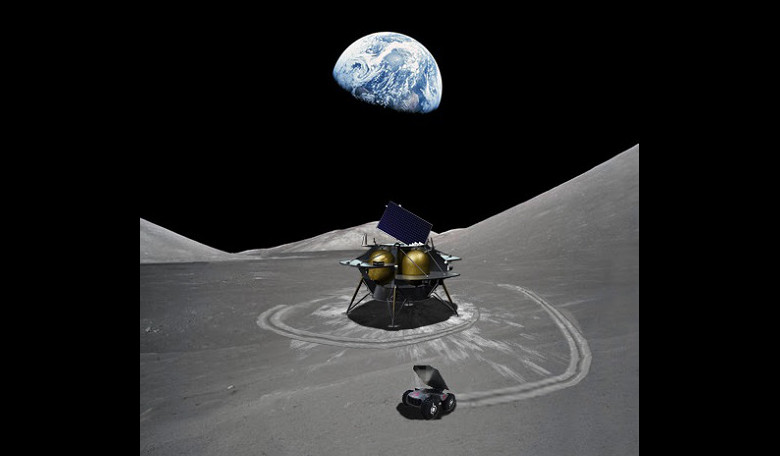Lunar rovers are set to get smaller, much smaller and a lot lighter compared with the traditional bulky and heavy models we are accustomed to seeing, as NASA has selected Astrobotic to develop CubeRover, a class of 2 kilogram rover platforms capable of small-scale science and exploration on planetary surfaces.
Established in 2007 as an offshoot company from Carnegie Mellon University, Astrobotic Technology is a lunar logistics company that delivers payloads to the Moon for companies, universities, governments and individuals. Now, in a joint project with the university and NASA, Astrobotic are working on a CubeRover design capable of characterising surface mobility and evaluating lunar lander ejecta but on a petite scale.
Like its satellite namesake – CubeSat – which has transformed the economics of Low Earth Orbit satellite technology and allowed even school and university groups to take advantage of low cost access to space, it is expected that CubeRover will also establish a new standard for small-scale surface-deployable science units.
“Standardizing rover design at the small scale will open access to planetary bodies for companies, governments, and universities around the world, just as the CubeSat has in Earth orbit.” said Andrew Horchler, Principal Investigator of the program at Astrobotic.
With the low cost and mass of a CubeRover, it has the potential to offer a new paradigm for robotic planetary missions as instead of deploying a single, large rover, to amble about the surface, teams of CubeRovers could operate in parallel across the planetary body, gathering data across a broader range of conditions and minimising risk should a rover become disabled.
CubeRover exploration enables follow-on missions to accomplish goals that would not otherwise have been attempted.
“CubeSats revolutionised the frequency and economy of missions to orbit. CubeRovers will similarly revolutionise surface exploration. In planetary robotics, small is the next big thing,” said Dr. William Whittaker, Astrobotic Chairman and Professor of Robotics at Carnegie Mellon University.
If CubeRovers do become standardised and thus affordable, it is likely that cost savings could help accelerate the pace of space exploration, by accomplishing goals that would not otherwise have been attempted and by providing scouting sites for future human settlements.











